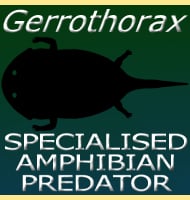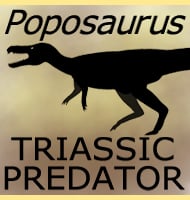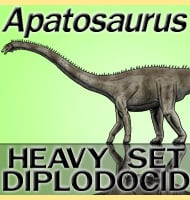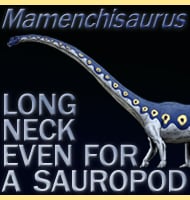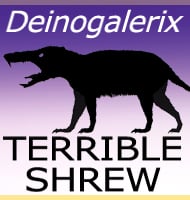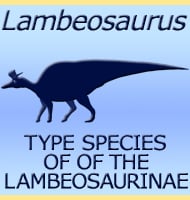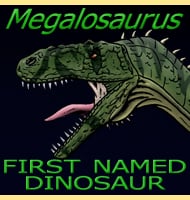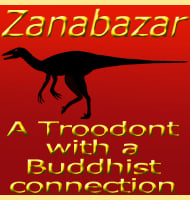In Depth
Dongyangopelta is a genus of nodosaurid dinosaur that lived in South-east China around the early/late Cretaceous boundary. Nodosaurids were similar to ankylosaurids, though they lacked the clubbed tail and usually had narrower skulls. Another genus of nodosaurid dinosaur named Zhejiangosaurus is also known from this part of China, though there are clear differences in the fossils of the hind quarters between these two nodosaurid genera.
Dongyangopelta translates as ‘Dongyang shield’, a combined reference to the City of Dongyang near where the holotype fossils of Dongyangopelta were found, as well as the armoured nature of the skin of Dongyangopelta which would have been covered in bony osteoderm armour. Dongyangopelta should not be confused with the similarly named Dongyangosaurus.
Further Reading
- A New Nodosaurid Ankylosaur from the Chaochuan Formation of Dongyang, Zhejiang Province, China. - Acta Geologica Sinica (English Edition) 87 (3): 658–671. - Rongjun Chen, Wenjie Zheng, Yoichi Azuma, Masateru Shibata, Tianliang Lou, Qiang Jin & Xingsheng Jin - 2013.

